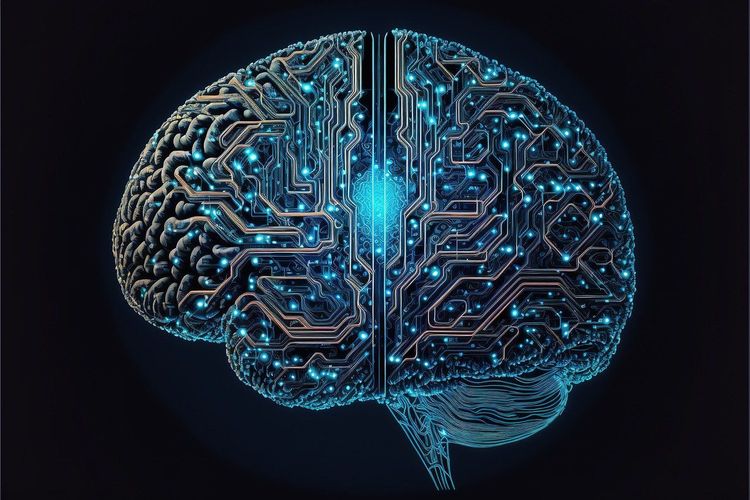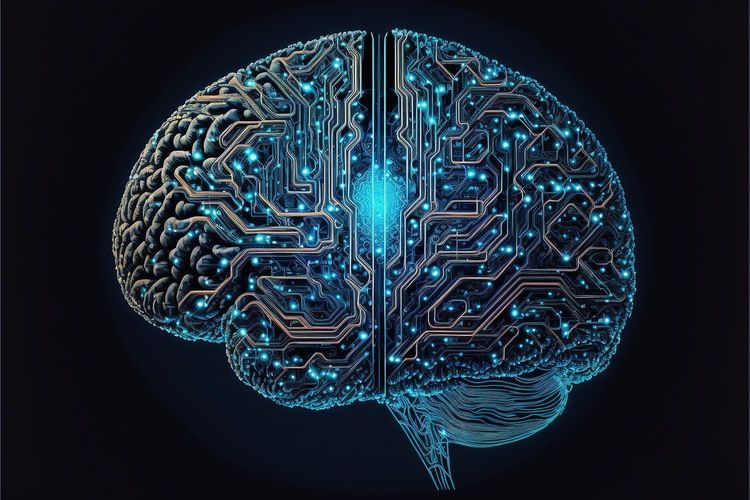As companies increasingly turn to AI for resume screening and interview evaluation, we may question: are these "AI recruiters" truly impartial, or do they carry biases that could skew the hiring process?
Imagine you are a recent graduate, filled with hope and ambition, eager to make your mark in the job market. However, in a surprising twist, your first interviewer is an AI. You log into the system, verify your identity, and check your microphone and camera before pressing confirm. As the calm, programmed AI begins the interview, you find yourself engaged in a human-machine confrontation—a scenario reflecting the experiences of thousands of graduates this season.
The AI revolution is here, permeating every facet of both professional and personal life, including academic interviews and job recruitment. Companies recognize that AI holds the potential to enhance efficiency across operations such as supply chain management, customer service, product development, and human resources. One notable application is the “AI interviewer,” a real-time interactive bot that analyzes responses through semantic, facial, and voice recognition algorithms, providing reference scores based on established questions.
AI has proven to be more accurate and efficient than humans in initial resume screenings, especially for standardized interviews. Its objectivity reduces bias caused by human prejudices, thus promoting fairer decision-making. According to research, the use of AI in video interviews has surged, now constituting 31.8% of the application scenarios. Companies like Unilever have reported that AI saves around 100,000 hours in interview time and cuts recruitment costs significantly.
However, the introduction of AI also raises concerns about amplifying human biases. While the intention is to create a more objective process, studies indicate that AI systems can inadvertently inherit biases from the flawed data used to train them. Interviews conducted by The Decoder with 22 HR professionals identified two prevalent biases in recruitment: "stereotype bias," which stems from generalizations about specific groups, and "similarity bias," where recruiters favor candidates with similar backgrounds or interests. Such biases jeopardize fairness in hiring, as they can flow from historical data into AI training, leading to biased outcomes.
A case in point is Amazon's AI recruiting tool, which was abandoned after revealing a distinct gender bias, even in resumes that did not disclose gender. This bias was traced back to historical hiring patterns in the tech sector, where male employees outnumbered females.
These examples underscore the necessity for careful planning and monitoring in AI recruitment to ensure fairness, regardless of whether AI is involved. To address these complexities, The Decoder engaged with AI developers to explore reducing biases in hiring systems. A collaborative model was proposed, encouraging dialogue between HR professionals and AI engineers to question preconceived notions and eliminate biases during data analysis and algorithm development.
However, the inherent differences in training and expertise between HR professionals and AI developers often hinder effective communication and collaboration. HR professionals are typically trained in personnel management and organizational behavior, while AI developers focus on data analytics and technical expertise, leading to potential misunderstandings.
A recent Pew Research Center survey of 11,004 Americans revealed that 66% prefer not to apply for jobs with AI recruiting. Only 32% would consider applying, and 71% opposed AI-driven hiring decisions. Thus, for organizations to mitigate biases in AI recruitment, several key changes are necessary:
1. Training: Implement structured training for HR professionals focused on information systems development and AI principles, including bias identification and mitigation strategies.
2. Collaboration: Facilitate better cooperation between HR professionals and AI developers by forming interdisciplinary teams that bridge the communication gap.
3. Diversity in Data: Create high-quality, culturally diverse datasets to ensure AI systems represent various demographic groups accurately during the hiring process.
4. Guidelines and Accountability: Establish ethical guidelines and accountability measures in AI decision-making processes to bolster transparency and trust.
By adopting these strategies, we can foster a more inclusive and equitable recruitment system. AI should serve as an objective tool for data analysis and decision support, rather than an unpredictable arbiter of fate shaped by biases.







